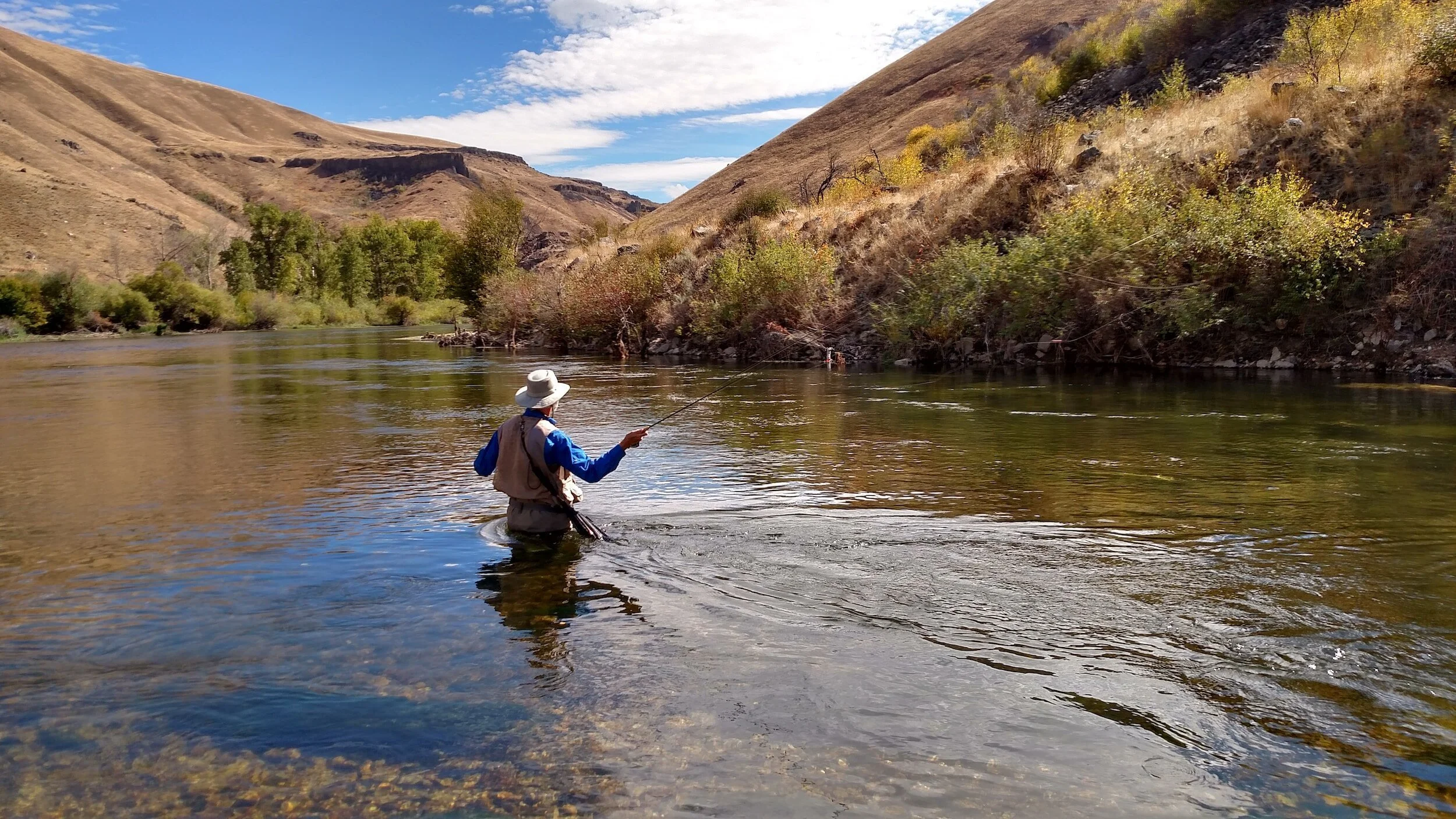Fish returns high enough to keep Lower Deschutes open for Steelhead
From the Oregon Department of Fish and Wildlife:
The Dalles, Ore., Aug. 1, 2024 —The Lower Deschutes River - Interstate 84 to Sherars Falls - will remain open by permanent rule for steelhead fishing.
More than 21,000 unmarked summer steelhead have passed Bonneville Dam since July 1. The run to date is the highest in nearly 10 years, though still well below the 20-year average as the upriver summer steelhead run has been at historically low levels for much of the last decade.
The average steelhead run on the Deschutes between 2007 and 2016 was 315,000, according to ODF data.
The John Day, Umatilla, Grand Ronde and Imnaha rivers are also on track to be open under permanent regulations. These fisheries use PIT tag returns over Bonneville and Ice Harbor dams to determine if runs are healthy enough to allow for fishing. Summer steelhead don’t return to these rivers until later in the year.
A few regulation updates are in effect. The lower John Day bag limit (from the mainline railroad bridge at the mouth, upstream to a marker ¼ mile downstream of Tumwater Falls) is one hatchery steelhead until Aug. 29. Thermal angling sanctuaries are in place, meaning angling is closed through Sept. 15 in the Deschutes River mouth and other areas on the mainstem Columbia River. New in 2024, the Walla Walla River is closed to steelhead fishing under permanent regulations.
“It is still early in the year, but if this year’s Columbia Basin overall wild summer steelhead run comes in above forecast, as it is currently tracking, that would be a welcome uptick from the very low levels we have been at,” said Tucker Jones, ODFW Columbia River Program Manager. “It would show us that these populations are resilient and still possess inherent productivity that will allow them to bounce back to truly healthy and abundant levels if we give them a chance.”
“In the meantime, these upticks give us a little more breathing room to get the important work envisioned by the recent historic agreements between the Pacific Northwest Tribes, States and Federal Government to restore wild salmon and steelhead populations done,” Jones continued. “It doesn't mean we should take our feet off the gas pedal, it means we should go harder.”
(For more information about the agreements, click here.
Best Practices
Anglers are reminded to follow best practices when steelhead fishing in case they need to release a wild steelhead:
Fish earlier in the day when water temperatures are cooler.
Land the fish quickly. A fish on the end of the line is under stress, so don't play the fish to utter exhaustion. Severe exhaustion reduces the fish's odds of surviving.
Support the fish when bringing it in. Support the fish underwater in a natural position, handling it as little as possible. Give it time to recover and keep it in the water, it needs all the oxygen it can get from the water passing over its gills.
Use barbless hooks. Bring the fish quickly within reach. Leave the fish in the water and, without squeezing it, remove the hook carefully with long-nosed pliers or thumb and forefinger. If necessary, cut the leader near the hook, which will dissolve over time. Note barbless hooks are recommended but not required on the Deschutes River.
Revive the fish before releasing. Point the fish into the current or in standing water, gently move the fish forward until its gills are moving and it maintains its balance on its own. Let the fish swim freely from your hands.
Use appropriate gear. Use tackle, including line and rod, that are strong enough to bring your fish in quickly and gently.
Getting a photograph? Minimize handling and keep the fish in the water.
Support Local News
Available to everyone. Funded by readers.


